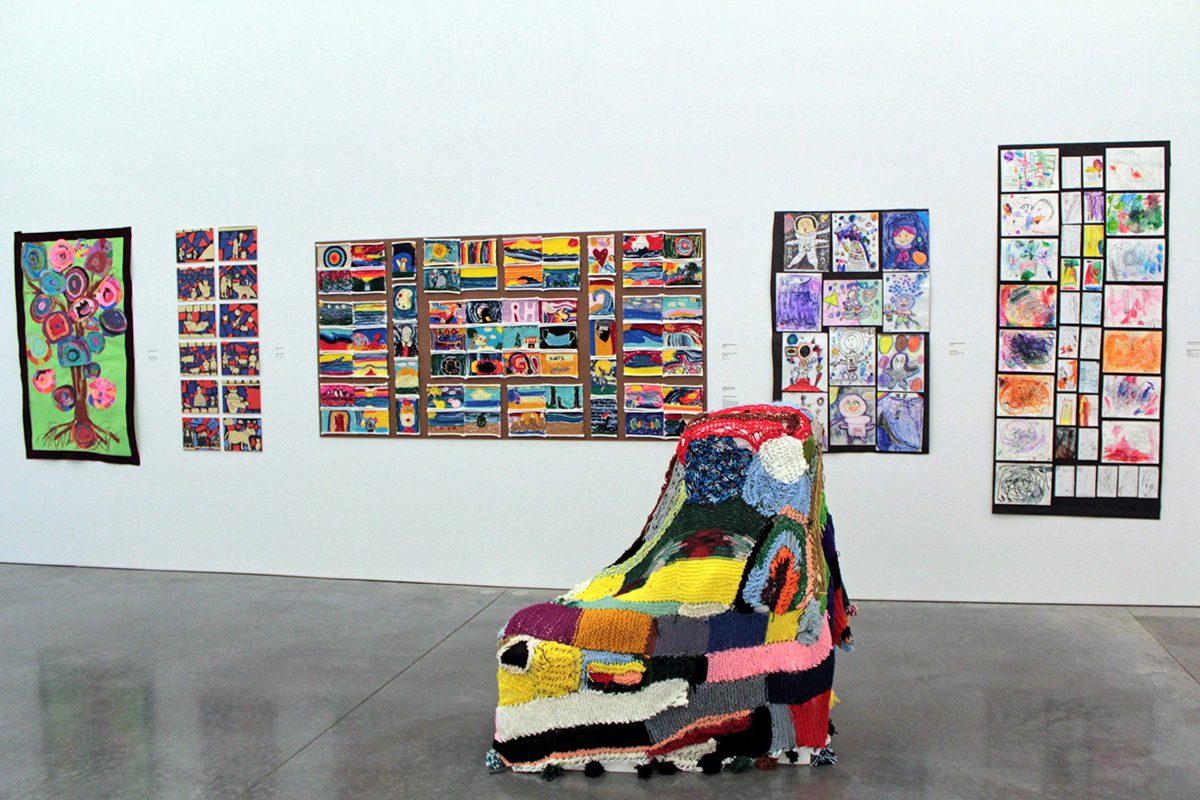As art educators, we specialize in teaching life skills and delegating responsibilities. We are also quick to identify students’ strengths and encourage and equip them for success with specific tasks. Why don’t we do this more frequently outside of an art project or lesson? It’s often easier said than done! Many of us want the control of checking off the boxes ourselves. Sometimes we think it will be quicker and easier to just do it ourselves. Other times, it can be hard to ask for help! We may think it’s a poor reflection on our competency or we may feel bad asking others to pick up our slack.
Keep reading to figure out where to start with letting go so you can have more time, space, and energy this year to pursue what brings you joy!

Delegating means assigning responsibility or authority. In the classroom, this can look like asking students to sort supplies by color. At home, it can mean asking a spouse to do the dishes so you can put the kids to bed. A Gallup study determined that CEOs who were excellent delegators generated 33% more revenue. These CEOs had more time and capacity to tackle bigger-picture challenges. Delegating tasks in your professional and personal life can have similar benefits! Like these CEOs, you will have more bandwidth to see long-term, advocate for your program, earn an advanced degree, or dabble in a creative pursuit. You will also be able to model how to ask for help in a healthy way for your students and those in your circles of influence. Let’s dig into some examples!
Who to Ask
Art teachers have a lot on their palettes! It’s pretty easy to escape into the solo realm of mindlessly preparing materials for lessons, cleaning supplies, or reorganizing manipulatives. Before checking off the to-do list, think about who could help you. Inside and outside of school, help abounds!
How to Ask
You’ve compiled your to-do list and you have an idea of who to ask. Be specific and thorough with each ask. There are different ways to ask, so deciding which method is appropriate and works best is important.
Here are some ways to ask:
- Face-to-Face
This is a great option for people you’ll see throughout the day. Make sure your body language and tone are friendly yet confident and your ask is direct and clear. For example, if you need help carrying cardboard boxes from the school’s recycle pile to your classroom, you can ask a maintenance member, “Good morning! Will you help carry these boxes to Room 123 in the next hour or direct me to a cart I can borrow to make the transport easier?” - Text Message or Chat
This method is informal and is appropriate for small, quick asks of people with whom you’re close. For instance, if you forgot to grab a snack for your department meeting this week, text your roommate chat, “Hey roomies! If anyone is stopping by the store today or tomorrow, can someone grab me some cheese and crackers?” - E-mail
E-mails are more formal and are usually considered a solid form of written documentation. Reserve this for colleagues or family/friends who normally aren’t in your day-to-day realm, and parents and other community volunteers. E-mails also allow you to convey more information about the task and you can add images, embed links, and more! - Phone Call
Sometimes, an old-school phone call is best! Use this method when you need to make a bigger ask or favor with a personal touch and you can’t be face-to-face. A quick phone call can also be immensely helpful if you need “unofficial” information. For example, you can call one of your school’s math teachers and ask, “Hey! I have XYZ student and I’m struggling to connect with them. I noticed you worked well with them last year! Do you have any suggestions on things I can try in my classroom?” For important asks like a phone call to the town’s coffee shop asking to exhibit art on the walls, follow up with an email outlining the conversation and pertinent details.
How to Follow Up
After help comes to the rescue, be sure to follow up with the helpers. Take the time to convey how much you appreciate their help and thank them afterward!
Who to Ask: Art Teacher Friend!
The contained chaos of an art room is just something fellow art educators GET. Palettes with muddy paint colors piled in the corner of the sink are nothing to bat an eye at. We know it is a spark of the creative genius from the class before and not a red flag on your classroom management!
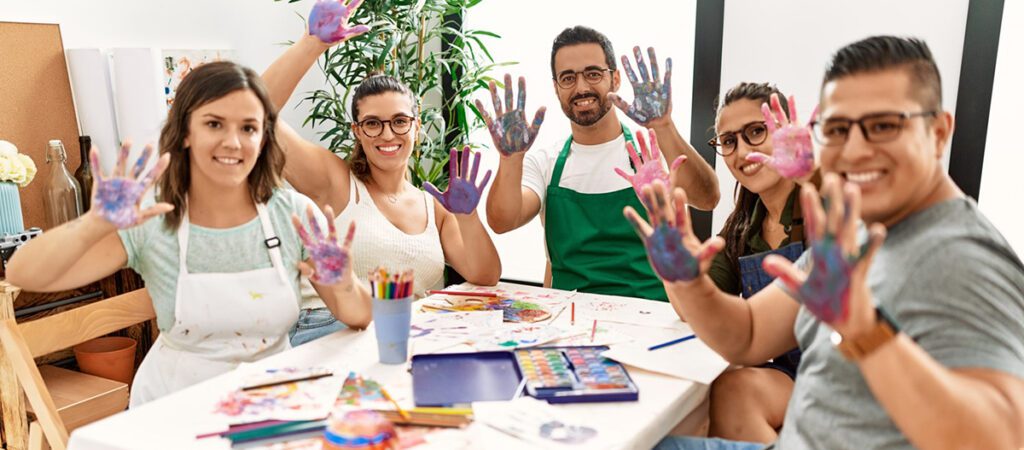
How to Ask:
Ask someone in your department, county, or district. Send an email or use your team’s group chat to see what everyone is up to in their art room and if there is room for collaboration. If you’re the sole art teacher in your area, see if someone can help virtually in the AOEU online community. Shoot a DM to an art teacher you follow and admire and see if you can swap numbers for a FaceTime call.
Use the brilliant art teachers around you to divide and conquer! One of you can write a lesson plan and the other can create supplemental videos and handouts. Share photos of your exemplars and student work throughout the process so you both build a huge bank of resources.
Save your budget and trade or borrow art supplies or niche tools. Send an email to other district art teachers with your ask and always remember to return it promptly after using it. Art teachers are also great to pool time and expertise when it comes to hanging a show. There’s no need to train them because labeling, matting, and displaying work is ingrained! Plus, it’s more fun to do things with a friend!
How to Follow Up:
Thank them by taking them out for dinner after hanging a show. Give them your latest 40% off coupon from that big box arts and crafts store. Let them know you will be happy to reciprocate the favor when it’s time to hang their show. Send pictures of student artwork using the borrowed tool to fill their art teacher hearts!
Who to Ask: Administrator or Supervisor
Administrators can be like school royalty. Truly, their resources and connections are invaluable! Administrators and supervisors have influence, know how to get things done, know the right people to ask, know where the secret “good” tables are stored, and hold the key to the school.
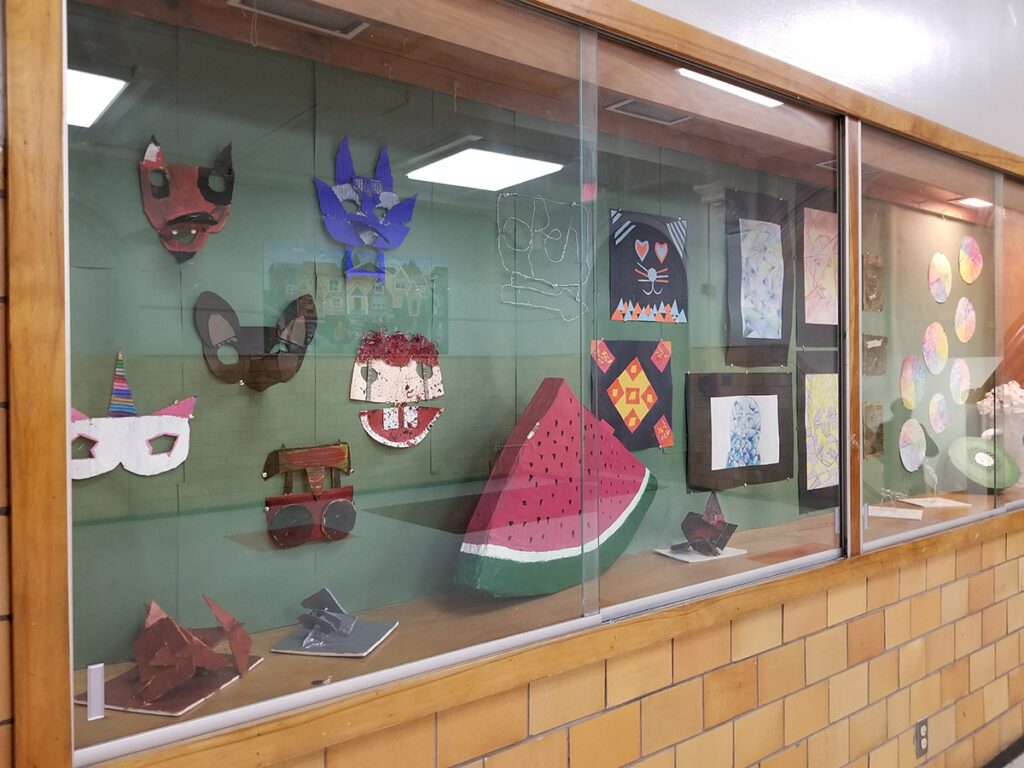
How to Ask:
Give administrators or supervisors a gentle reminder that the visual arts promote complex and creative critical thinking and are vital to schools. Share an idea with them as you pass them in the hallway, and then, follow up with an email or letter. Ask them to get the word out about the art show or a fundraiser by forwarding your emails to key district and school stakeholders and to save you a spot in the school’s next newsletter. Send an email asking for permission to use the display cases or to hang art up in a new hall. Double-check you can apply hot glue directly to the walls to temporarily hang artwork—your administrator and maintenance staff will thank you!
How to Follow Up:
Show your thanks and invite them to create art with your students. Have students show off their work in the borrowed display case or hallway in a personalized art walk. Ultimately, administrators love to see students learning and growing and are grateful to be a part of it!
Who to Ask: Parent and Caregiver Volunteers
Parent and caregiver volunteers are the heartbeat of the school. They have a student in the class and know what they do will directly impact their child.
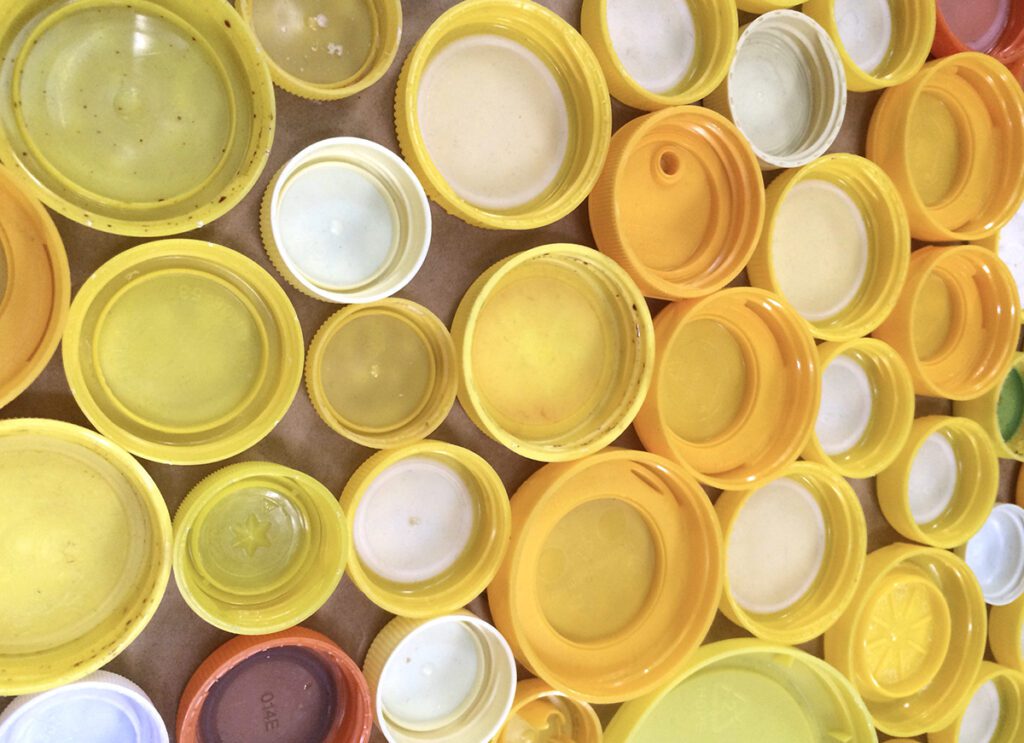
How to Ask:
Note: Be sure to follow district and school policies when it comes to working with volunteers and bringing them into your classroom.
Families are busy and time is precious! Many families have multiple students in multiple schools and several parents work outside of the home. Help parents plan ahead with a communication tool like ClassDojo, Calendly, or SignUpGenius. Provide ways parents can help at the beginning of the year and remind them each quarter of upcoming opportunities. Set your calendar now with reminders to assess your tasks and availability.
When it comes to tasks, make sure you offer a range of tasks to accommodate complex schedules. Delegate tasks like cutting paper, organizing supplies, or labeling artwork if parents can come in during the school day. Send flyers for the art show home for parents to post and distribute in their neighborhoods, offices, and favorite community spots. Post lists of recyclable items you’re collecting for projects and displays.
How to Follow Up:
Keep a “thank you” bin filled with small gifts to hand them before leaving. Mini handmade art, a small thank you note, and a $5 coffee gift card are great options. Offer to help at the next PTA or PTO event. Tell them how their student benefitted from their assistance and share a picture of their student using the item they helped with. This increases ownership and pride in the program, school, and student.
Who to Ask: Support Staff
Support staff can include high school interns, student teachers, professional counselors, and teacher aides or paraprofessionals. This group usually has a great rapport with the students and relationships with other co-workers that art teachers may not get the chance to have. Support staff are a strong resource to help advocate within your school building.
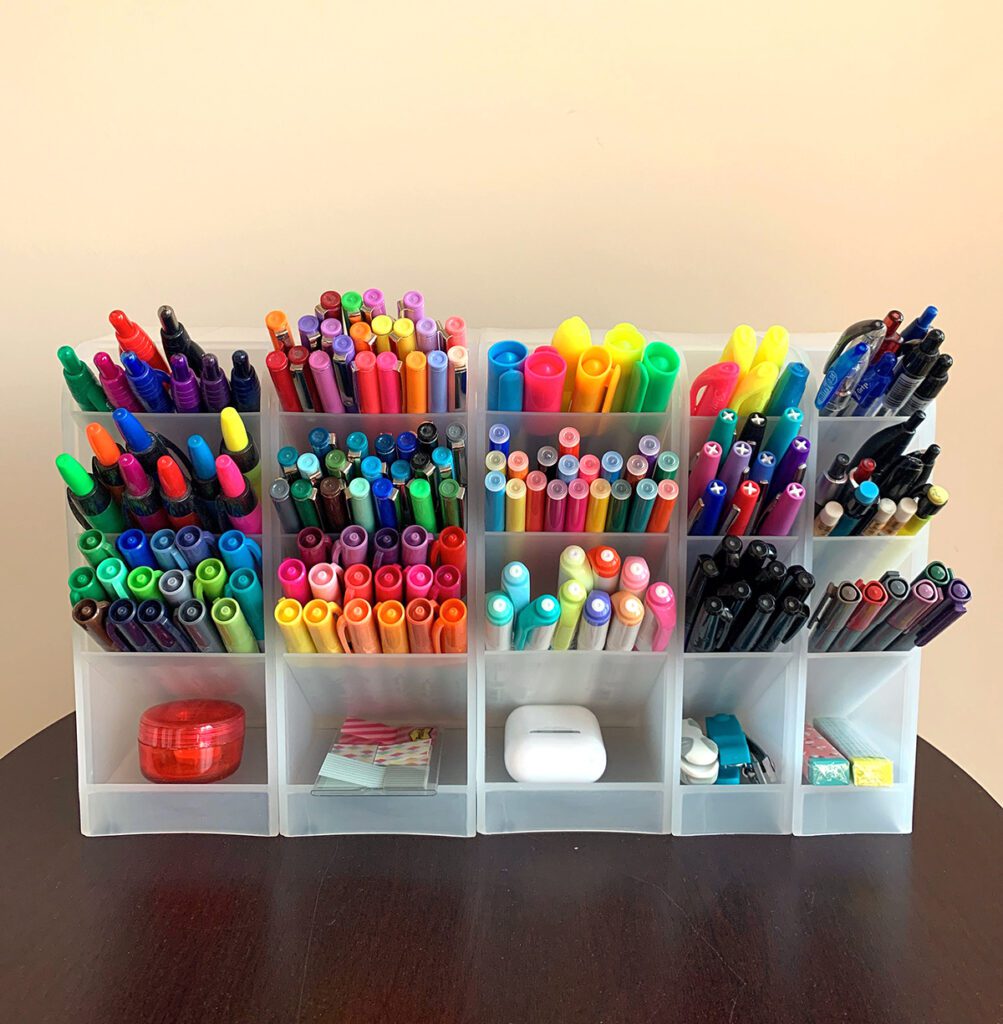
How to Ask:
Write an email asking for help during their planning time or when they’re not meeting with students. Interns and student teachers are usually working toward a class credit or real-life experience. Put their abilities to the test and delegate writing a lesson plan, reading a book aloud to students, assisting with critiques, organizing artwork by class, or changing out a hallway display.
How to Follow Up:
Offer to write the interns and student teachers a letter of recommendation for their next job or school. Put a sweet thank you in your coworkers’ mailboxes or stop on your way to school and grab them a drink of their choice.
Who to Ask: Students
Students are excellent resources when they’re taught how to help! When students help out in their classrooms, it gives them ownership in the art room, builds leadership abilities, enhances organizational skills, and keeps them busy.

How to Ask:
Most teachers know which students love to help. When these students finish their current assignment, pull them aside and verbally ask them. Organizing, sorting, filing, and cleaning are popular student tasks. Write down the tasks ahead of time and let the student choose which to work on. Some students enjoy helping during their lunch and recess time. For students who do well with periodic breaks throughout the day, schedule a time with their classroom teacher for them to be your aide.
How to Follow Up:
Bulk order vinyl stickers and excess art supplies like mini erasers in fun shapes to thank students when they’re done with their tasks.
Who to Ask: Family
Calling all spouses, siblings, aunts, uncles, parents, and children! Whether you live alone or in a house full of people, you can ask for help with the day-to-day chores. Being related to an art teacher may mean cutting out laminated images and vocabulary words at a birthday party. It can also mean snagging those name-brand pre-sharpened pencils on sale in August and stocking up for you. Family is such an important resource for help with school and non-school-related tasks.
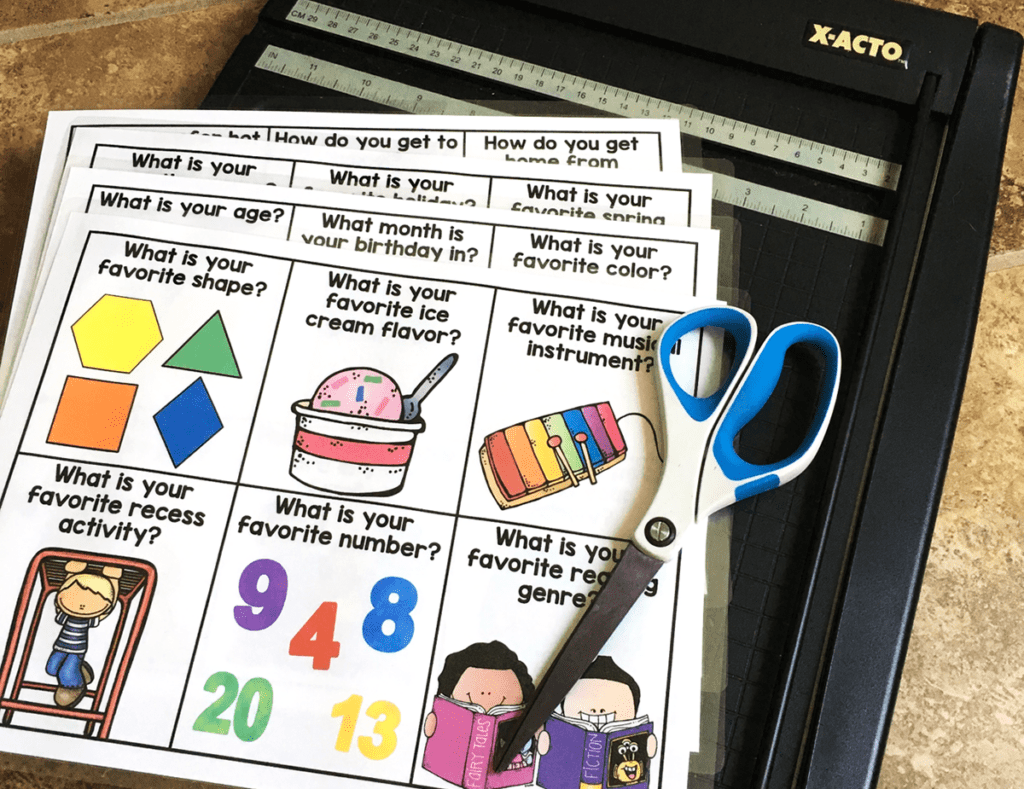
How to Ask:
Just like with students, family members have unique skills and abilities. If your teenage child is driving home from soccer practice later, text them to pick up the grocery order. If your brother-in-law is working late, see if he can swing by and pick up your daughter from the high school football game on the way home. Teaching small children to do chores is more work and time upfront but in the long run, you’ll show them you prioritize responsibility and hard work. Remember, be specific and thorough with your requests. Our family, who knows us best, still can’t read our thoughts and know our expectations.
How to Follow Up:
Verbally acknowledging a loved one means so much! Tell them you are thankful for how they took something off the to-do list. Repay the favor when they are in need and invite them over for a meal.
Who to Ask: Friends and Neighbors
Whether they’re neighbors by proximity or friends by choice, they can help! Friends and neighbors are a text or a holler over the fence line away.

How to Ask:
Close friends and neighbors are willing to help during busy seasons like the weeks of parent-teacher conferences and art show prep. Call or text them for help with tasks, like picking up your online deliveries so they don’t sit on the porch all night. If your kids go to the same school, see if they can carpool.
How to Follow Up:
Drop off a baked good to show how appreciative you are. Invite them to hang out on the porch to catch up or ask neighbors and friends over for a movie night. When you have summer or winter break and more time on your hands, reach out to see how you can reciprocate!
Who to Ask: Community
Schools are a vital part of the community so inviting the community into schools is important. There are so many ways to incorporate community connections into your art program! Local businesses and organizations can provide meals, supplies, venues, and extra helping hands. Network with banks, restaurants, art guilds, museums, galleries, grocery stores, and more.
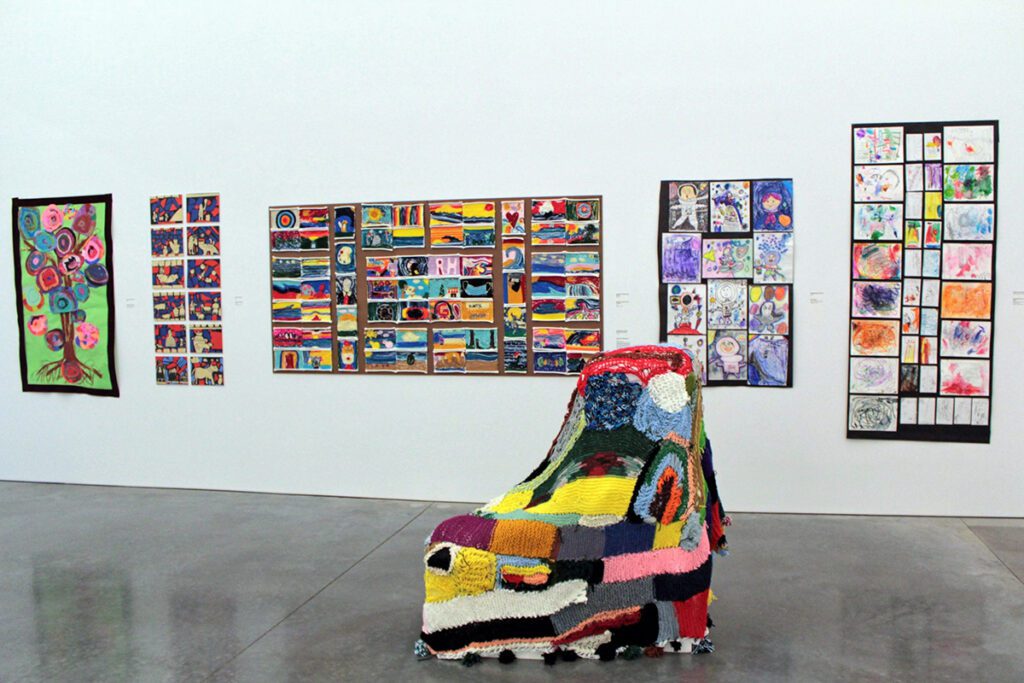
How to Ask:
Art guilds are excellent places to look for a teaching artist or artist-in-residence to bring to your students. Pick up the phone or send an e-mail to ask if they have a teaching artist available. Many cities have monthly art walks where you can display student artwork. Museums, galleries, restaurants, and grocery stores often have an excess of materials they can donate to your classroom.
Start the coordination process by visiting these establishments and asking to speak to the owner or manager. You can also reach out to the town’s parks and recreation division or town council. Make sure you are prepared with specific asks and then follow up with an email. Learn more about how to partner with stakeholders in this article.
How to Follow Up:
Send a “thank you” letter letting the art guild know how much they helped out. Stop by and drop off breakfast at the town council office. Include the organization or business in your art show program and tag them on social media with a rave review for how they are active arts supporters!

Letting go can be a big challenge for many of us. As the famous icy blue princess said, “Let it go!” Asking for help can be hard and uncomfortable but it can free us up for the bigger things in life and teaching that really matter. Come up with a task list and make your asks. Explore being okay when things are done differently and when people say “no.” Then, take the time to authentically thank your circles of support for rallying and assisting. Here’s to a lighter year in the art room filled with more joy and connection!
What will you start outsourcing right now?
What is the biggest roadblock you face when asking for help?
Magazine articles and podcasts are opinions of professional education contributors and do not necessarily represent the position of the Art of Education University (AOEU) or its academic offerings. Contributors use terms in the way they are most often talked about in the scope of their educational experiences.
